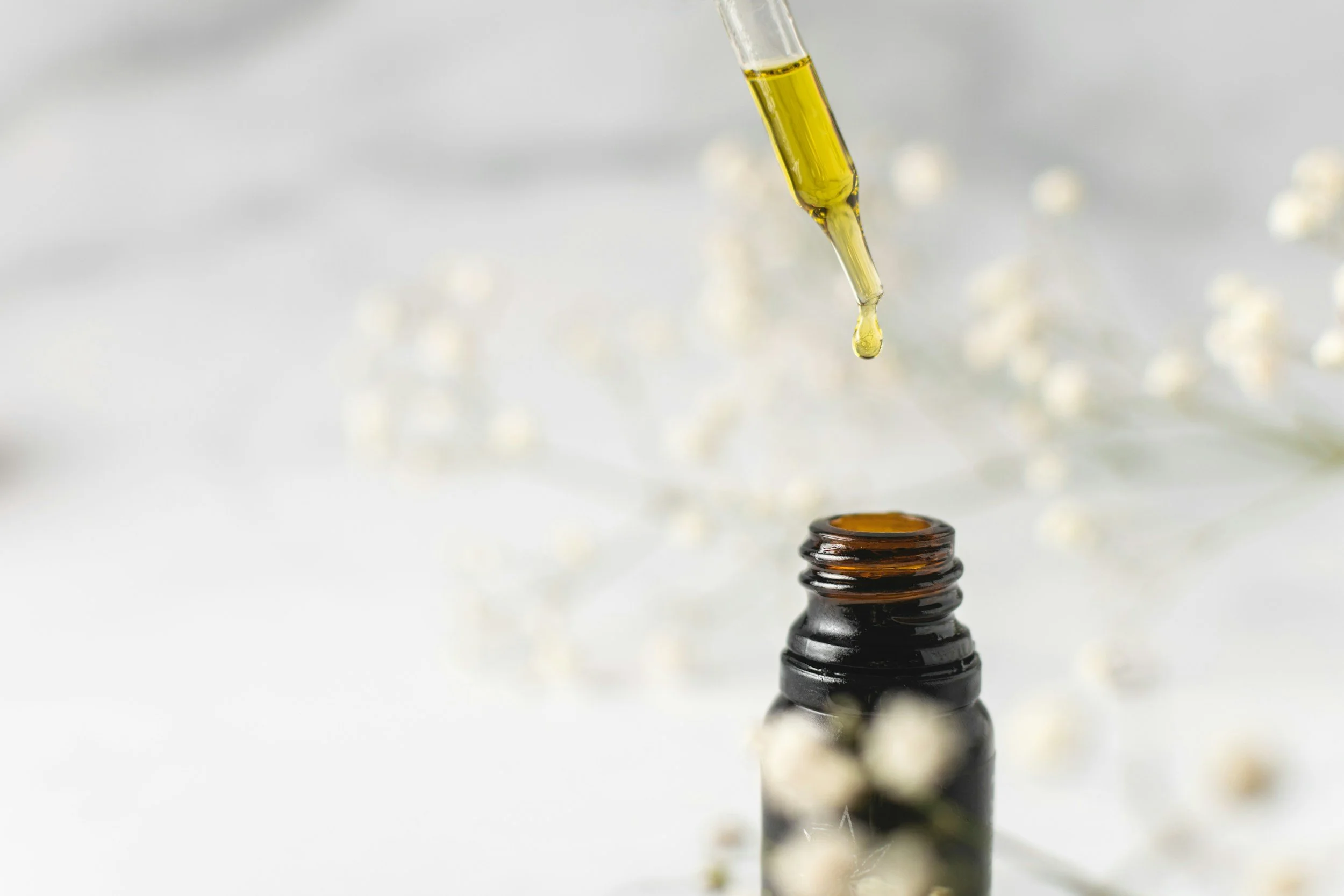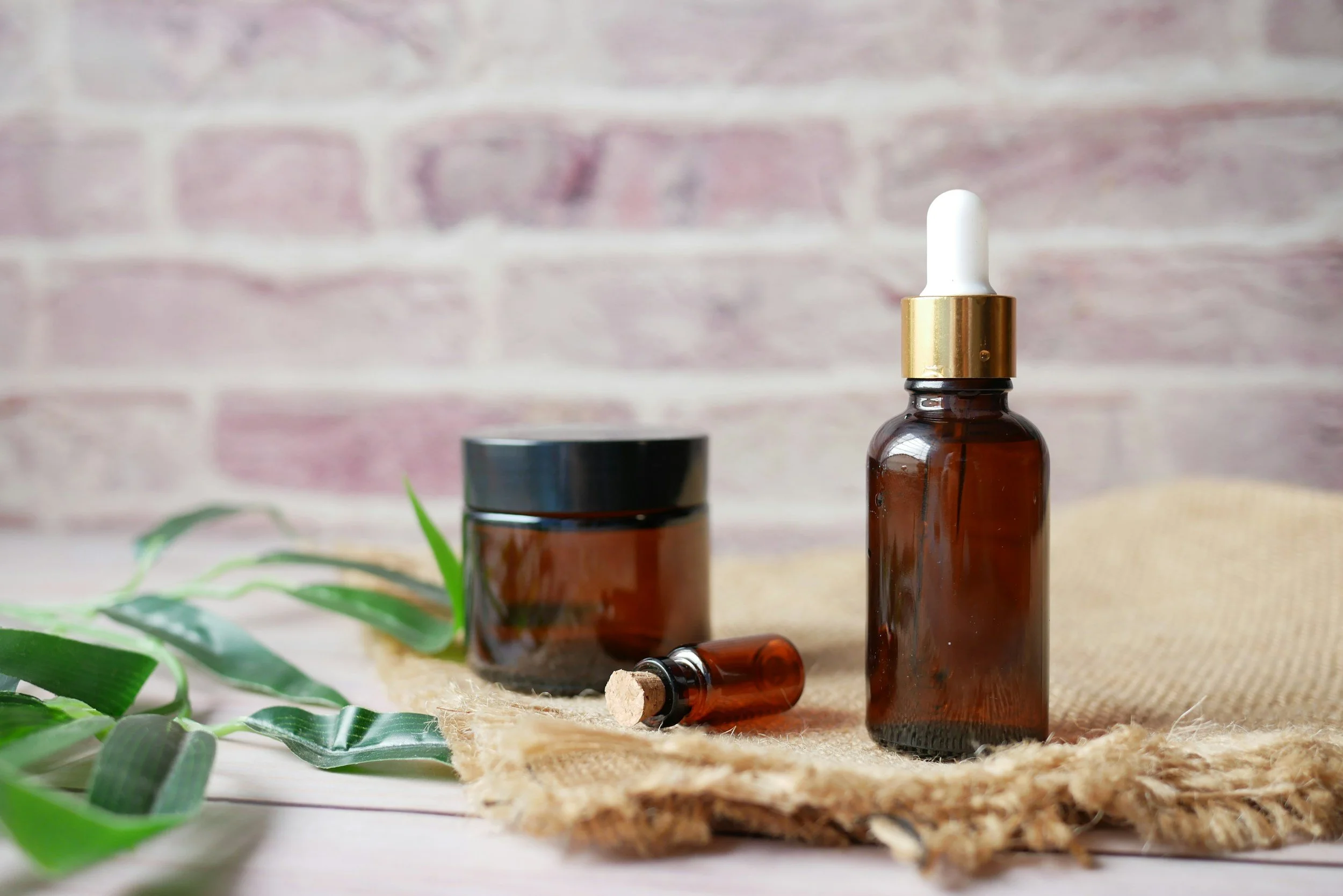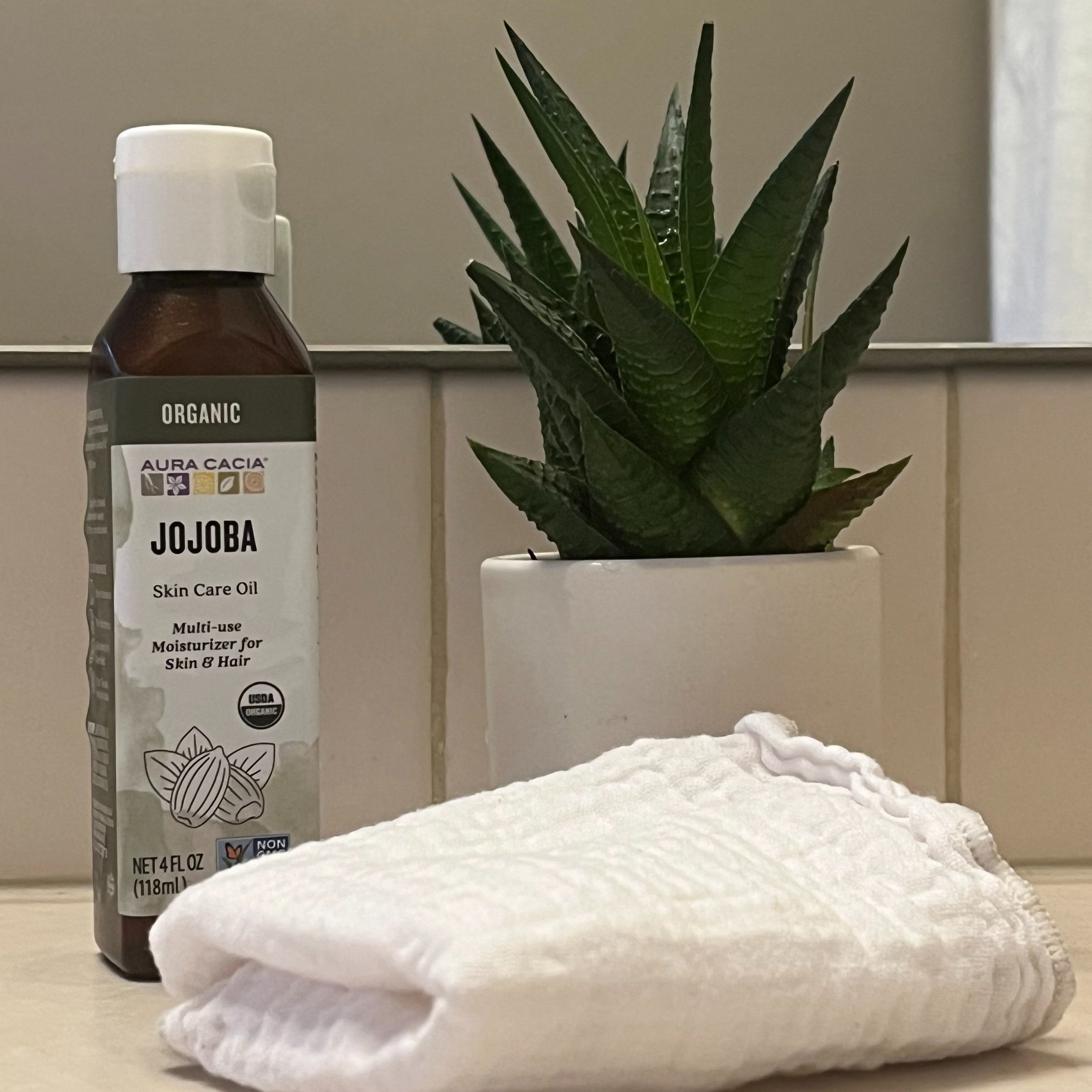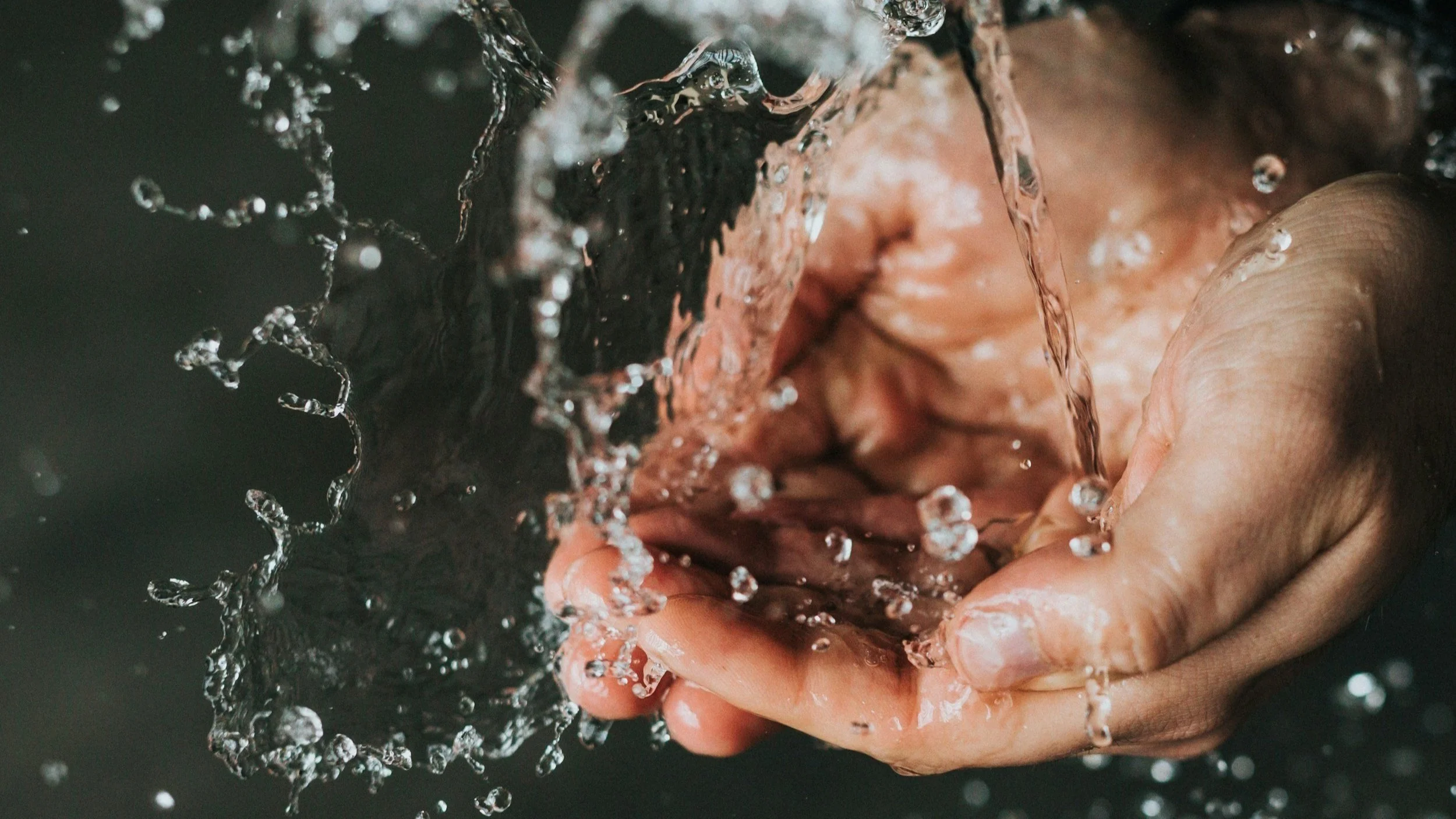Unexpected Dry Skin Remedy
- Oil Washing
I have sensitive skin with dry patches that usually form during the winter months. I’ve tried numerous “sensitive skin” cleansers but haven’t found a one that wouldn’t dry my skin. It feels like I’ve spent half my life constantly searching for good facial products. While looking for a new cleanser that might work for me, I remembered how a friend in Finland once mentioned using moisturizer instead of a cleanser to remove makeup. I always thought it sounded a little weird but worth trying someday. Still, I never really felt like using my moisturizers for cleansing.
It wasn’t until recently, while reading Nadine Artemis’s book Renegade Beauty, that I came across a similar idea — but this time it was about oil washing. As I was sharing my concern about the dry patches with my teenage daughter, who’s also very interested in skincare, she reminded me about oil washing — she had read about it in the same book. That gave me the final push to give it a try. I used jojoba oil we already had at home, and voilà — my dry patches were gone, just like that!
When I do oil washing, I start by rinsing my face and squirting a couple of drops of jojoba oil onto a cotton pad to remove my mascara. Then I put a few more drops into my palms and gently massage the oil over my face. I rinse it off with water and pat my skin dry with tissue paper.
Nadine Artemis explains that many people think oil will leave their skin feeling oilier and less clean, but the exact opposite happens when washing with the right oils.
Not all oils are created equal. Rancid oils can cause free radical damage and are often contaminated with solvents and additives from the refining process. It’s important to know your oils well. Always use pure, organic oils on your skin — not food-grade oils.
Regardless of what oils you choose, buying high quality oils and cleansers without added scents or dyes is important. Choose cold-pressed, unrefined, virgin oils designed for use on the skin.
I like to use jojoba oil because it is very similar to the skin’s own sebum. It absorbs easily, won’t clog pores, and helps keep oil production in balance while supporting the skin’s natural barrier. Cleansing with it stabilizes the skin’s native, friendly bacteria and strengthens protection against harmful bacteria. It also removes makeup and dirt gently, leaving the skin’s natural oils intact.
A patch test helps check for unwanted reactions before using a new product:
Apply a small amount of oil to a less visible area, like your jawline or under your ear. Leave it for 24 hours without touching it. If you see no irritation, itching, or color changes, you can try using the oil or cleansing product on the rest of your face.
Benefits of oil cleansing:
Lifts excess sebum (the oily substance produced by your skin's glands)
Clears clogged pores, including blackheads and whiteheads
Removes dead skin cells, pollutants, and makeup
Since oil is so effective, many makeup removers contain it. Those who follow a K-beauty skincare routine often follow oil cleansing with a gentle, water-based face wash to remove any remaining residue.
According to Nadine Artemis, cleansing with botanicals gently exfoliates the skin while preserving moisture and maintaining the integrity of the skin’s delicate top layer.
Traditional cleansers can irritate the skin, cause dryness, worsen acne, and even trigger more oil production. In contrast, oil cleansing helps balance the skin and lock in hydration.
How to wash with oils:
Dampen an organic cotton cleansing cloth with water and squeeze it out.
Apply a squirt of oil to the damp cloth.
Gently massage the face with the cloth. Rinsing is optional.
You can either rinse with water if you want oil stay in your skin or dampen a washcloth with warm water and gently wipe away the oil.
Pat dry with a towel or tissue paper and apply moisturizer or your preferred oil if you would like added moisture.




